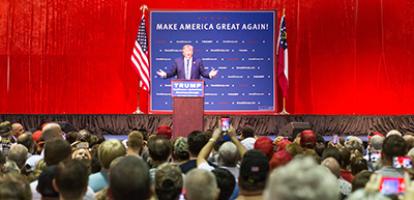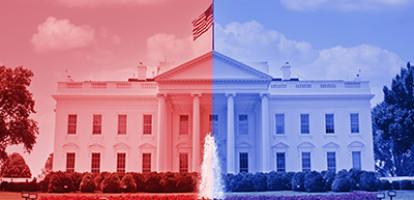From: Jeff Mahon
To: Canada’s NAFTA Negotiators
Date: February 13, 2018
Re: How Canada Can Soothe the US on Currency Manipulation
The NAFTA renegotiations under way since last August have so far defied the expectations of collapse. And some people have now even seized on the opportunity they present for Canada to lead on issues that meet US concerns, enhance Canadian interests including the defining of a progressive trade agenda, and even improve the overall functioning of the global economy.
One of these issues is the time-honoured question of a mechanism to facilitate international economic rebalancing.
The current US administration has repeatedly signalled the importance it attaches to reducing the US trade deficit, which it views as having negative economic consequences.
For every trade deficit country there must be a surplus country or countries. Further, we know that a trade deficit (surplus) is mathematically the same thing as net capital inflow (outflow). To “solve” any problem whose symptom is a trade deficit, we need to focus on economic balancing as whole.
As highlighted by Peking University’s Michael Pettis, the effects of a given external surplus or deficit are intertwined with a nation’s domestic circumstances, such as the level of savings and investment in an economy. For instance, countries short on capital can spur a trade deficit when they import capital to fund investment – in that case the trade deficit may be virtuous. But a country not experiencing a shortage of capital will still receive foreign capital if it is running a trade deficit for other reasons – with potentially debilitating effects on the domestic economy. Importantly, Pettis notes that the capital account could drive the current account.
The notion that economic imbalances can be a problem isn’t new; following the financial crisis of 2007-08 the G20 has sought to raise awareness about the potential effects of imbalances, monitor them, and encourage countries to address them – all, however, without an effective mechanism to adjust them. And 70 years ago, Keynes identified imbalances as a problem and attempted to develop a rebalancing mechanism at the Bretton Woods conference where the allies designed the architecture for the post-WWII international economy. However those plans faltered, ironically torpedoed by the US – the largest surplus country at the time.
Yet here we are in the midst of NAFTA renegotiations with a US administration seized with the idea that China is deliberately keeping down the value of its currency against the dollar, which not only holds down Chinese consumer spending but lowers the price of Chinese goods in the US. The resulting large US trade deficit is then the mirror image of surplus savings parked into the US market.
This view explains why one of the US objectives in NAFTA renegotiations is to find an “appropriate mechanism” to “ensure that the NAFTA countries avoid manipulating exchange rates in order to prevent effective balance of payments adjustments or to gain an unfair competitive advantage.”
Addressing currency manipulation is important, but it is not the only source of the problem. Most observers agree that China is no longer intervening to keep down the value of the renminbi. Rather the maintenance of a mix of industrial policies, import barriers, and financial repression has benefited the export sector at the expense of consumption, which in turn creates the high savings that could be driving the current account.
Canada should seize the opportunity to give the US a precedent on which to build by thinking about what such a mechanism would look like in the NAFTA. Since trade agreements are largely built on precedent, the introduction of a balancing mechanism could find itself replicated internationally – in fact this would be a necessity given that a country’s balance isn’t determined by bilateral relationships alone but by relations with the rest of the world in the aggregate. If it is calibrated with the global economy in mind, such a NAFTA mechanism could play an important role in resolving trade tensions between the US and China. And this in turn would be consistent with Canada’s interests in sustaining an effective multilateral trading system.
Jeff Mahon is a Senior Advisor with the federal department of Innovation, Science and Economic Development. He worked previously for the Government of Nunavut where he served as its lead negotiator for the Canadian Free Trade Agreement. The views expressed in this memo are the author’s own and do not reflect those of his current or past employers.
To send a comment or leave feedback, click here.





